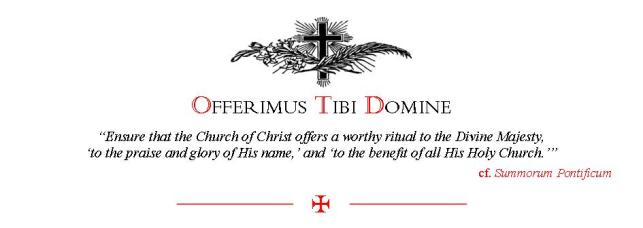Due to the kindness of friends I am enjoying a case or two of a red wine that I particularly like - the Black Stump Durif Shiraz 2009, which is rather good. "Velvety, voluptuous, and irresistible" according to its review!
Why am I telling you this?
I came across an article in the latest issue of the Chesterton Review (which first appeared in the online Crisis Magazine) by Sean Daley about a Catholic manner of drinking - all very Chestertonian.
Here it is below.
The Lost Art of Catholic Drinking
There
is Protestant drinking and there is Catholic drinking, and the
difference is more than mere quantity. I have no scientific data to back
up my claims, nor have I completed any formal studies. But I have done a good bit of, shall we say, informal study, which for a hypothesis like this is probably the best kind.
To begin with, what is Catholic drinking? It’s hard to pin
down, but here’s a historical example. St. Arnold (580-640), also known
as St. Arnulf of Metz, was a seventh-century bishop of Metz, in what
later became France. Much beloved by the people, St. Arnold is said to
have preached against drinking water, which in those days could be
extremely dangerous owing to unsanitary sewage systems — or no sewage
system at all. At the same time, he frequently touted the benefits of
beer and is credited with having once said, “From man’s sweat and God’s
love, beer came into the world.”
Wise words, and St. Arnold’s flock took them to heart. After his
death, the good bishop was buried at a monastery near Remiremont,
France, where he had retired. However, his flock missed him and wanted
him back, so in 641, having gotten approval to exhume St. Arnold’s
remains, they carried him in procession back to Metz for reburial in the
Basilica of the Holy Apostles. Along the way, it being a hot day, they
got thirsty and stopped at an inn for some beer. Unfortunately, the inn
had just enough left for a single mug; the processionals would have to
share. As the tale goes, the mug did not run dry until all the people
had drunk their fill.
Now, I’m not saying that Catholic drinking involves miracles, or that
a miracle should occur every time people get together to imbibe. But
good beer — and good wine for that matter — is a small miracle in
itself, being a gift from God to His creatures, whom He loves. And as G.
K. Chesterton wrote in Orthodoxy,
“We should thank God for beer and burgundy by not drinking too much of
them.” In other words, we show our gratitude to God for wine and beer by
enjoying these things, in good cheer and warm company, but not enjoying
them to excess.
Just what constitutes excess is for each person to judge for himself.
However, we now approach the main difference between Catholic drinking
and Protestant drinking. Protestant drinking tends to occur at one
extreme or another: either way too much or none at all, with each being a
reaction to the other. Some people, rightly fed up with the smug
self-righteousness of teetotalers, drink to excess. And teetotalers,
rightly appalled at the habits of habitual drunkards, practice strict
abstinence. It seems to occur to neither side that their reaction is
just that: a reaction, and not a solution. If they considered it a bit,
they might see a third way that involves neither drunkenness nor
abstinence, yet is consistent with healthy, honest, humane Christian
living.
Here we encounter Catholic drinking. Catholic drinking is
that third way, the way to engage in an ancient activity enjoyed by
everyone from peasants to emperors to Jesus Himself. And again, it is
not just about quantity. In fact, I think the chief element is
conviviality. When friends get together for a drink, it may be to
celebrate, or it may be to mourn. But it should always be to enjoy one
another’s company. (Yes, there is a time and place for a solitary beer,
but that is the exception.)
For example: The lectures at the annual Chesterton conference are themselves no more important than the attendees later discussing
those same lectures over beer and wine (we tend to adhere to Hilaire
Belloc’s rule of thumb, which is to avoid alcoholic beverages developed
after the Reformation). These gatherings occur between talks, during
talks — indeed, long into the night — and we typically fall into bed
pleasantly stewed. I cannot imagine a Chesterton conference without
this. And yet I also know how detrimental it would be if we all stumbled
back to our rooms roaring drunk.
Avoid each extreme — that’s how you drink like a Catholic.
This is the art of Catholic drinking. There are plenty of our brethren
who consider drinking somehow immoral, and there are plenty of others
who think drinking must end with great intoxication. But the balanced
approach — the Catholic approach — means having a good time, a good
laugh, sometime a good cry, but always with joy and gratitude for God’s
generosity in giving us such wonders as beer and burgundy. Remember
that, and the lost art of Catholic drinking may not remain lost.






.jpg)





3 comments:
Perhaps you should replace Bishop Conry as the Tablet wine correspondant.
And of course what's Latin for Catholic drinking? Hic!
Please advise which drinks were invented after the "reformation", so I can avoid them.
(Gin, I hope.)
Post a Comment